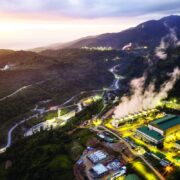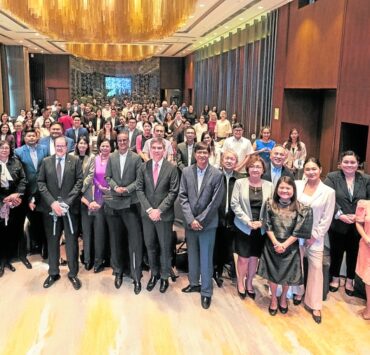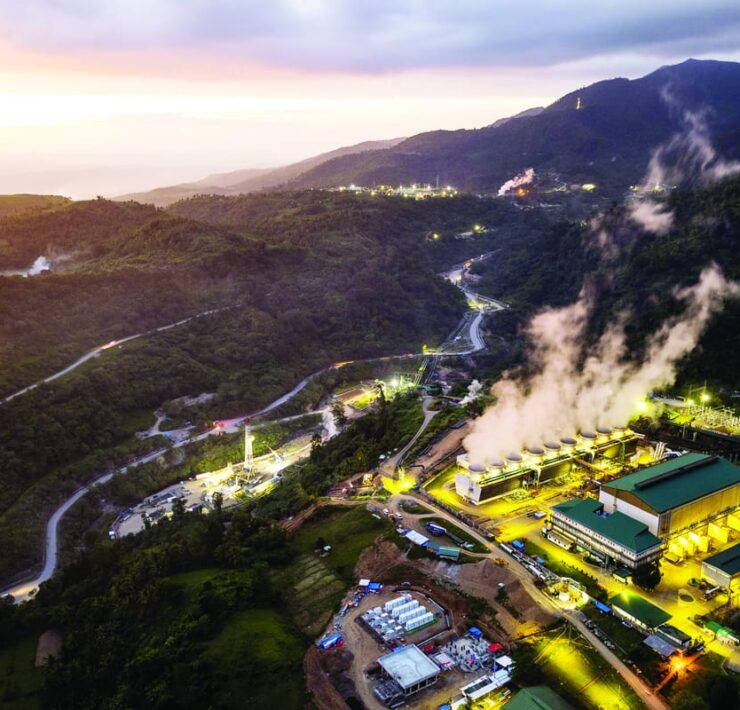Plastics seeping into farm fields, food, human bodies; can they be stopped?
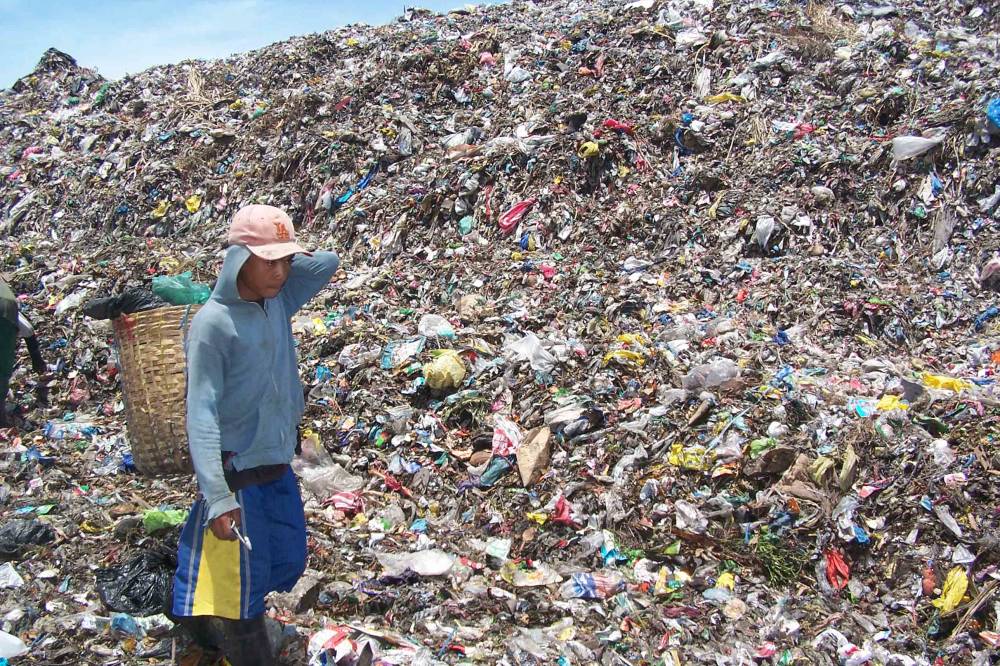
In Uganda’s Mbale district, famous for its production of arabica coffee, a plague of plastic bags locally known as buveera is creeping beyond the city.
It’s a problem that has long littered the landscape in Kampala, the capital, where buveera are woven into the fabric of daily life. They show up in layers of excavated dirt roads and clog waterways. But now, they can be found in remote areas of farmland, too. Some of the debris includes the thick plastic bags used for planting coffee seeds in nurseries.
Around the world, plastics find their way into farm fields. Climate change makes agricultural plastic, already a necessity for many crops, even more unavoidable for some farmers. Meanwhile, research continues to show that itty-bitty microplastics alter ecosystems and end up in human bodies. Scientists, farmers, and consumers all worry about how that’s affecting human health, and many seek solutions. But industry experts say it’s difficult to know where plastic ends up or get rid of it completely, even with the best intentions of reuse and recycling programs.
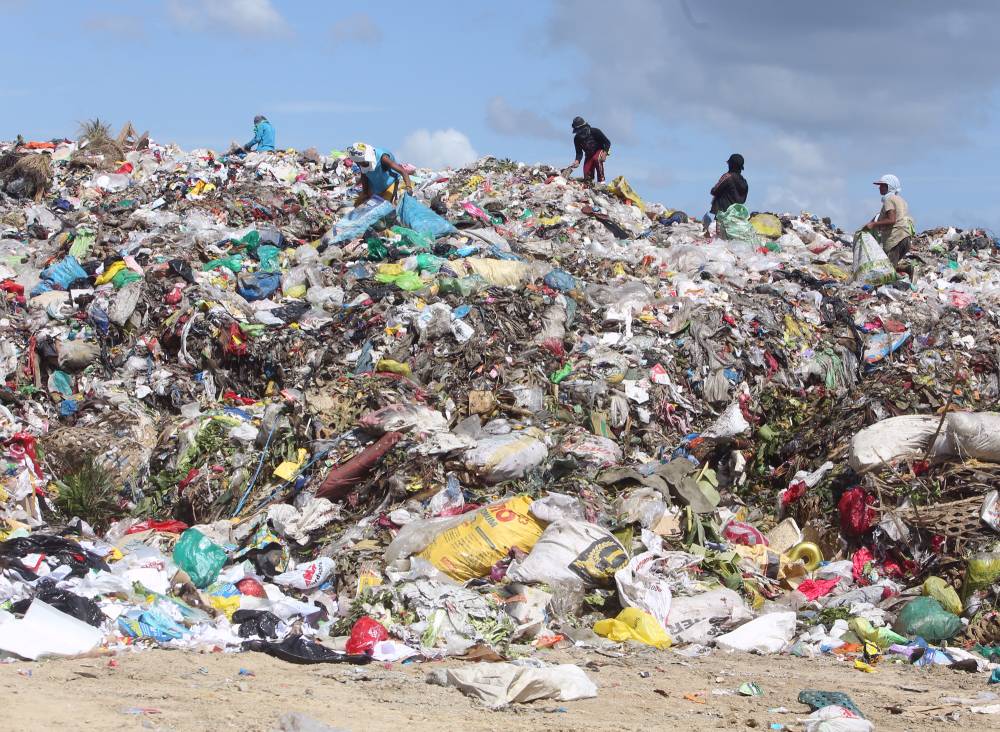
According to a 2021 report on plastics in agriculture by the United Nations Food and Agriculture Organization (FAO), soils are one of the main receptors of agricultural plastics. Some studies have estimated that soils are more polluted by microplastics than the oceans.
“These things are being released at such a huge, huge scale that it’s going to require major engineering solutions,” said Sarah Zack, an Illinois-Indiana Sea Grant Great Lakes Contaminant Specialist who communicates about microplastics to the public.
Micro-particles of plastic that come from items like clothes, medications, and beauty products sometimes appear in fertilizer made from the solid byproducts of wastewater treatment—called biosolids—which can also be smelly and toxic to nearby residents depending on the treatment process used. Some seeds are coated in plastic polymers designed to strategically disintegrate at the right time of the season, used in containers to hold pesticides, or stretched over fields to lock in moisture.
But the agriculture industry itself only accounts for a little over 3 percent of all plastics used globally. About 40 percent of all plastics are used in packaging, including single-use plastic food and beverage containers.
Microplastics, which the National Oceanic and Atmospheric Administration defines as being smaller than five millimeters long, are their largest at about the size of a pencil eraser. Some are much smaller.
Studies have already shown that microplastics can be taken up by plants on land or plankton in the ocean and subsequently eaten by animals or humans. Scientists are still studying the long-term effects of the plastic that’s been found in human organs, but early findings suggest possible links to a host of health conditions including heart disease and some cancers.
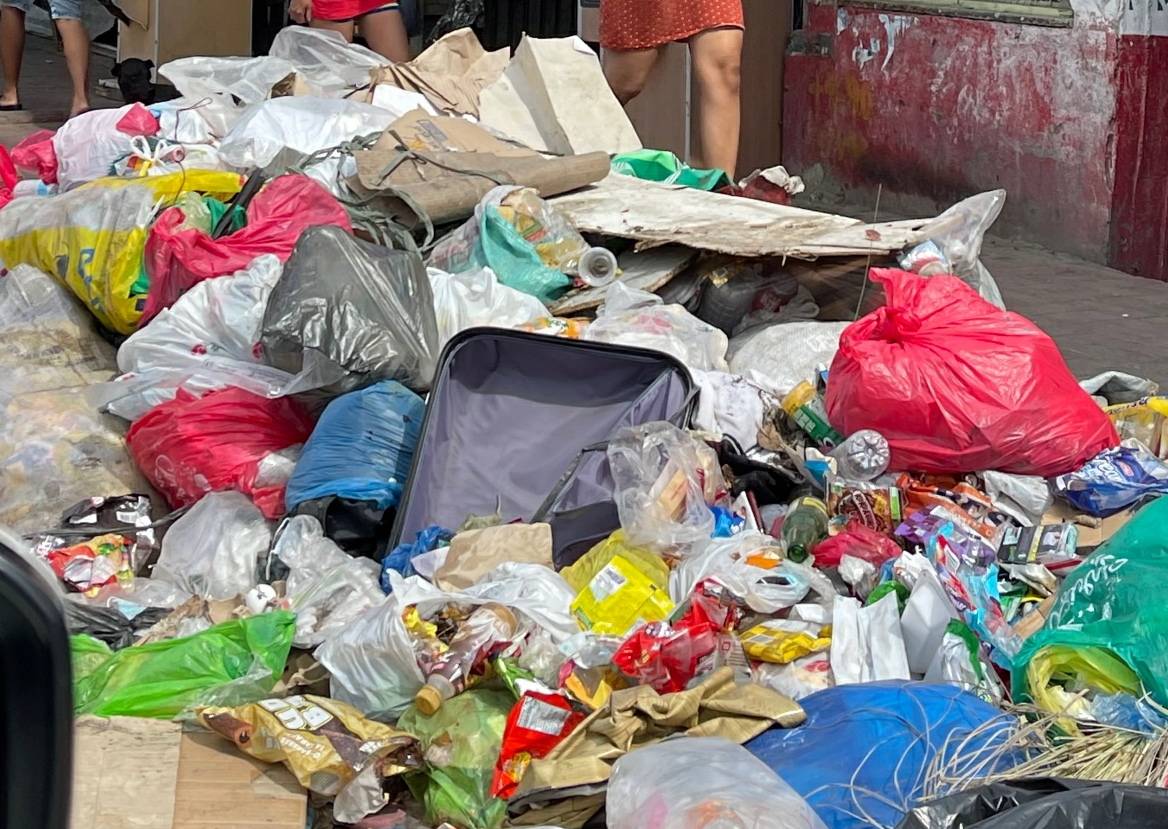
Ubiquitous use
Despite “significant research gaps,” the evidence related to the land-based food chain “is certainly raising alarm,” said Lev Neretin, environment lead at the FAO, which is currently working on another technical report looking deeper into the problem of microplastic pollution in soils and crops.
A study out this month in the Proceedings of the National Academy of Sciences found that microplastics pollution can even impact plants’ ability to photosynthesize, the process by which they turn light from the sun into energy. That doesn’t “justify excessive concern” but does “underscore food security risks that necessitate scientific attention,” wrote Fei Dang, one of the study’s authors.
The use of plastics has quadrupled over the past 30 years. Plastic is ubiquitous. And most of the world’s plastic goes to landfills, pollutes the environment, or is burned. Less than 10 percent of plastics are recycled.

At the same time, some farmers are becoming more reliant on plastics to shelter crops from the effects of extreme weather. They’re using tarps, hoop houses, and other technology to try to control conditions for their crops. And they’re depending more on chemicals like pesticides and fertilizers to buffer against unreliable weather and more pervasive pest issues.
Extreme weather, fueled by climate change, also contributes to the breakdown and transport of agricultural plastics. Beating sun can wear on materials over time. And more frequent and intense rainfall events in some areas could drive more plastic particles running into fields and eventually waterways, said Maryam Salehi, an associate professor of civil and environmental engineering at the University of Missouri.
This past winter, leaders from around the world gathered in South Korea to produce the first legally binding global treaty on plastics pollution. They didn’t reach an agreement, but the negotiations are scheduled to resume in August.
Neretin said the FAO produced a provisional, voluntary code of conduct on sustainable management of plastics in agriculture. But without a formal treaty in place, most countries don’t have a strong incentive to follow it.
“The mood is certainly not cheery, that’s for sure,” he said, adding global cooperation “takes time, but the problem does not disappear.”


